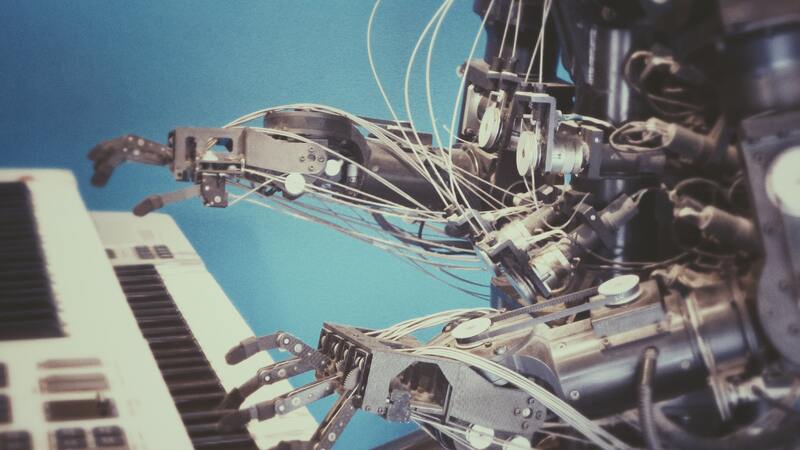Robotic Process Automation (RPA), Business Process Automation (BPA), and Artificial Intelligence (AI) have emerged as potent instruments to realize digital transformation goals. Nonetheless, merging these systems can present noteworthy difficulties. This article will explore the obstacles encountered when integrating RPA, BPA, and AI and offer guidance on how businesses can surmount them to establish a smooth and effective workflow.
Understanding the Components
Before delving into the integration challenges, let's briefly define each of the components:
- Robotic Process Automation (RPA): RPA utilizes software robots to automate tasks governed by predefined rules. These robots emulate human behavior using user interfaces to carry out tasks methodically and predictably.
- Business Process Automation (BPA): BPA involves the automation of complete business processes, frequently encompassing a range of tasks, systems, and departments. It surpasses RPA by coordinating and enhancing processes from start to finish.
- Artificial Intelligence (AI): AI pertains to creating systems capable of executing tasks that traditionally demand human intelligence. This encompasses natural language processing, recognizing images, and making decisions through data analysis.
Integration Challenges
1. Data Compatibility and Quality
A key obstacle in merging RPA, BPA, and AI systems is guaranteeing seamless communication and compatibility with shared data. Data might be stored in diverse formats, housed in separate systems, or exhibit differing degrees of quality and coherence. These discrepancies can result in errors and inefficiencies within automated workflows.
Solution: Establish a sturdy data management plan encompassing cleaning, standardizing, and verifying data. Furthermore, contemplate utilizing data integration platforms capable of seamlessly linking various
data sources while upholding data quality.
2. Scalability and Flexibility
As enterprises expand and progress, scalability and adaptability in their automation systems become crucial. The integration of RPA, BPA, and AI solutions should address current demands and possess the capability to accommodate future necessities.
Solution: Opt for platforms and tools specifically engineered to grow alongside the organization. Cloud-based solutions and modular architectures offer the essential flexibility to adapt to evolving business needs.
3. Process Mapping and Optimization
Efficient integration requires an in-depth understanding of existing processes within the organization. Identifying which tasks should be automated, which require human intervention, and how they all fit together is critical for successful integration.
Solution: Conduct a thorough process analysis and mapping exercise. Identify bottlenecks, redundancies, and areas where automation can impact most. Optimize processes before introducing automation to ensure maximum efficiency.
4. Interoperability and Compatibility
A significant challenge is ensuring that RPA, BPA, and AI systems work together seamlessly. These systems may have been designed independently with different technologies, protocols, and architectures.
Solution: Utilize integration platforms or middleware that act as intermediaries, enabling communication and coordination between different systems. APIs (Application Programming Interfaces) play a crucial role in facilitating interoperability.
5. Change Management and Training
Introducing automation technologies often requires a cultural shift within an organization. Employees may need to adapt to new workflows, and there may be resistance to change.
Solution: Provide comprehensive training and change management programs to familiarize employees with the integrated system. Communicate the benefits of automation and emphasize how it can enhance their work rather than replace it.
Achieving a Unified Automation Ecosystem
Successfully tackling the integration hurdles when merging RPA, BPA, and AI systems necessitates meticulous planning, strategic investment, and an unwavering commitment to continuous improvement. Businesses can establish a cohesive automation framework that propels efficiency, productivity, and competitive edge by dealing with issues like data compatibility, ensuring scalability, streamlining processes, encouraging interoperability, and effectively managing change.
IntelliBuddies® is a Rapid Digital Automation (RDA) platform that amalgamates RPA, BPA, and AI to build automation solutions and seamlessly reach your digital transformation objectives.
It's crucial to remember that integration is a continuous process, not a one-off project. It demands continual adjustments to align with the organization's changing requirements. With the right approach, businesses can unlock the full potential of RPA, BPA, and AI, revolutionizing their operations and thriving in today's dynamic business landscape.





